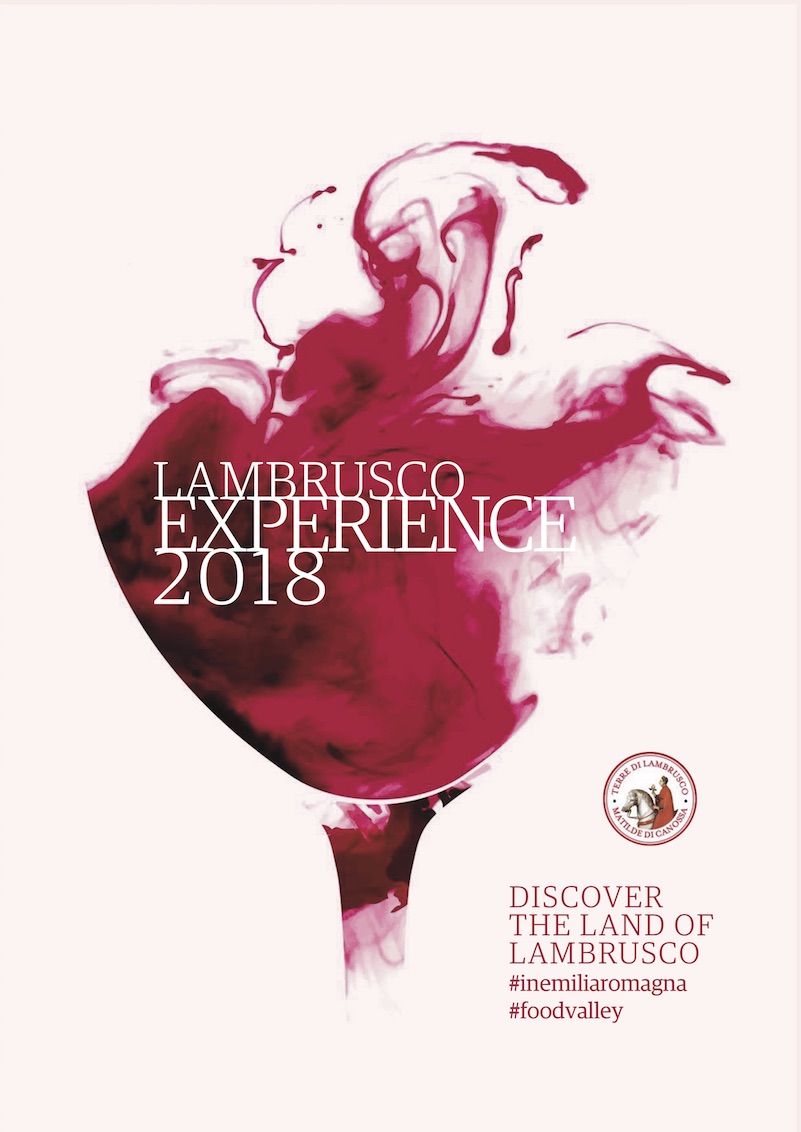Lambrusco
Lambrusco and its DOC
The Lambrusco family is the most widespread in the lands that extends from Parma to Reggio Emilia and Modena. These crispy and juicy grapes give a pleasant bubbly wine that is the most exported in the world. A successful trade that reflects Lambrusco’s popularity in its homeland, where Lambrusco lovers are divided into many groups: those who love the elegant and fine Sorbara, those who appreciate the intense Grasparossa and those who like Salamino or Maestri, then some prefer the sweet version and other the dry one, some enjoy the violet note and others like the hints of ripe wild berries. Whatever kind of Lambrusco you prefer, this wine is unique and highly recognizable on the first sip: freshness, bubbles and red fruit aromas cannot mislead you.
Maybe you don’t know that
The name of this wine reveals its origin: it derives from a wild vine called “labrusca”, that is to say, the one “growing uncultivated on the border of fields”, which was already known in the bronze era, as the retrieval of some fossil leaves and seeds from the Bronze Age demonstrate.
Lambrusco as we know it today, with a deep foam and a good acidity, is the result of the change in diet occurred after the Lombards invasion, who stopped next to the Exarchate of Ravenna, correspondent to the current Romagna. This German semi-nomadic tribe extended its habits in the Emilian territory, giving great importance to the breeding of pigs in the wild. Food was not cooked in olive oil as before, but in lard, acquiring fats and grease: bubbles in wines were meant to clean the palate. That is why Lambrusco was the oenological answer to this evolution in Emilian cuisine.
Lambrusco today
Still bond to pork and the use of animal grease, Emilian cuisine would not be the same if it were not matched with the bubbly wine par excellence. Lambrusco is a good companion for chats over a steamy dish like cotechino (a kind of cooked pork sausage), zampone (pig's trotter) with lentils, boiled meat or cold cuts that this generous land donates. Drinking Lambrusco is not limited to Sunday lunch or snacks with bread and salami, and here are some examples: the irreverent matching with popcorns of the Italian singer Luciano Ligabue, the merry toasts during the tours of Pavarotti and the popping corks for the victories of Gilles Villeneuve with the powerful car of Enzo Ferrari.

